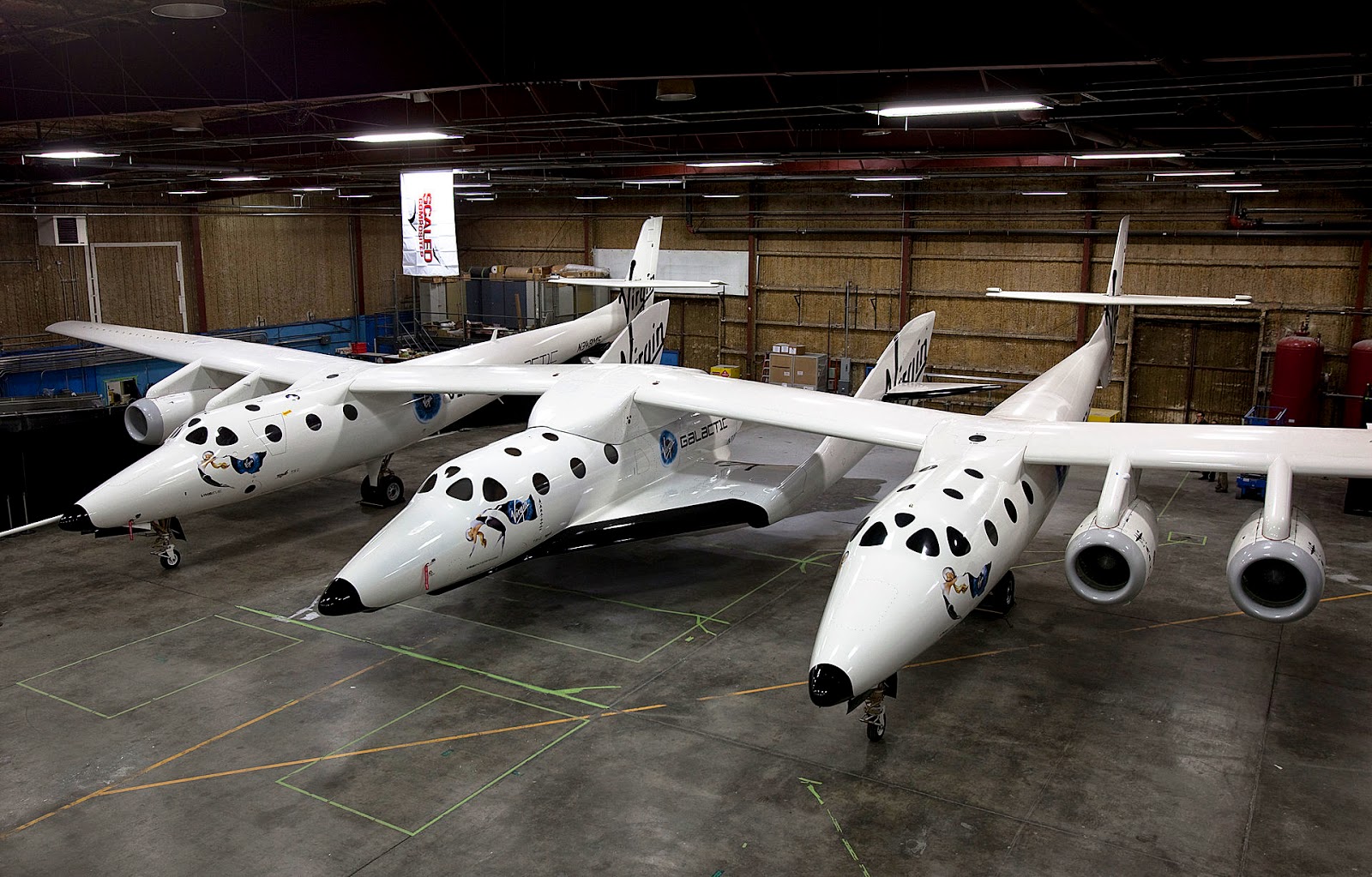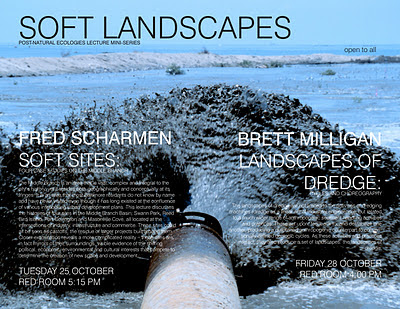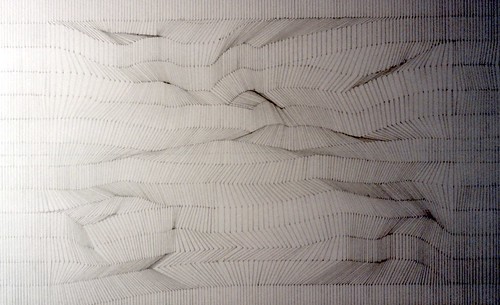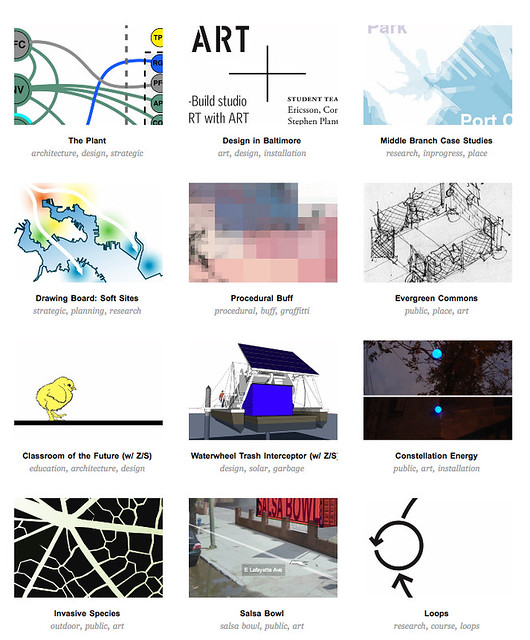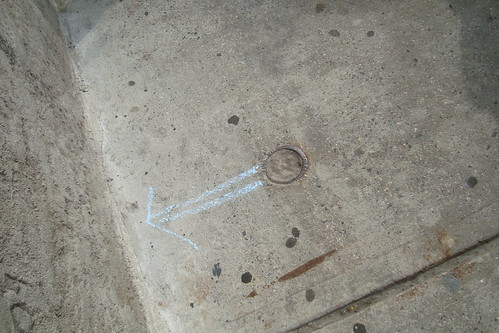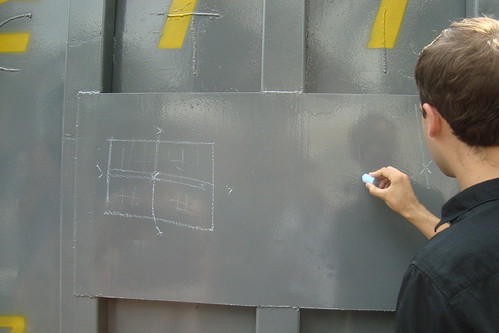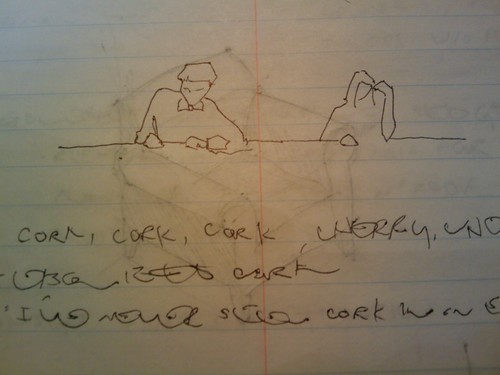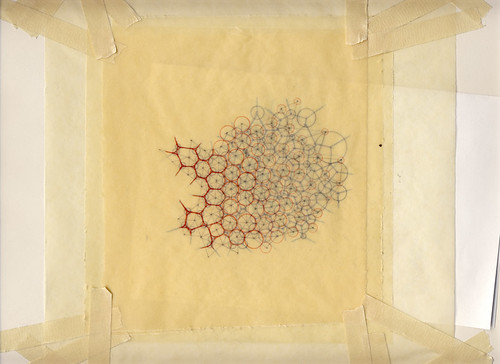Kevin Plank, the CEO and founder of Baltimore based athletic company Under Armour, is interested in moving that company's headquarters to a new campus in a region of South Baltimore called Port Covington. As part of that move, Plank's real estate investment company, Sagamore Development, has quietly bought up all of the individual properties around this region, a little known and poorly connected waterfront area not far from Downtown. Sagamore has been working with architects and urban planners over the past several months to create a new masterplan for all of Plank's properties, including public amenities, new transit connections, and high density mixed use development. In order to realize a sufficient level of return on investment to attract outside interests, Sagamore says it needs to ask the city for a historically high $535 million in Tax Increment Financing, in order to create infrastructure.
This is an area that myself and my co-researcher Eric Leshinsky have looked into and written about extensively. We exhibited research in 2008 as part of the Baltimore Festival of Maps, for which we also led a bike tour to Port Covington. We conducted a workshop on this region at the City From Below conference in Baltimore in 2009, and we presented it as part of a peer reviewed paper at the Association of Collegiate Schools of Architecture conference in 2010 in Montreal.
It was surprising to see this research - which outlines in great detail the way various grand visions and plans have been inadequate to organize territories like this, so subject to the uncertainties of markets, technologies, and physical erosion - used to support Sagamore's request for more public investment in this newest proposal. Economist, development consultant, and sometime NPR commentator Anirban Basu quoted heavily from our research, in many cases barely changing the construction of the essay's wording, and only citing one of two co-authors on the only credited direct quote, in an Op-Ed for the Baltimore Sun on Wednesday.
Our text, with its descriptions of lost opportunities, broken promises, and the ghostly presence of existing infrastructure, publicly funded, that was left unused by developers seeking only to flip the property, was somehow instrumentalized by Mr. Basu into a rallying cry for more public investment in private, for profit development. The existence of this disconnect, between what the research says, and what he says it says, is probably why he never linked to any version of the original article.

In 2001, the City of Baltimore was asked to build infrastructure for a shopping center that never was.
Basu:
For example, in 1898, the city of Baltimore financed railroad infrastructure, specifically the creation of the Western Maryland Railroad, in order to compete with the Baltimore & Ohio line's high prices. The B&O had been co-founded by the city roughly seven decades earlier, in part to compete with emerging infrastructure capacity in New York and Philadelphia.Leshinsky and Scharmen:
In 1898, the city of Baltimore subsidized the creation of the Western Maryland Railroad, intended as an alternative that would compete with the high prices of the Baltimore and Ohio line, which had also been co-founded by the city over 70 years earlier.Basu:
… the two rail networks born from public-private partnerships ran side by side without overlap to terminals on the South Baltimore peninsula, where they both unloaded Appalachian coal to ships that transported it up and down the Eastern seaboard.Leshinsky and Scharmen:
The two networks ran side by side without overlapping to terminals on the South Baltimore peninsula, where they both unloaded coal from Appalachia to ships that would take it up down the East Coast.Basu:
In 1983, the B&O bought out its competitor, the Western Maryland Railroad, which shut down soon after.Leshinsky and Scharmen:
The Western Maryland Railroad was bought out by its old competitor, the B&O, in 1983, and shut down soon after.Basu:
Starwood promised to attract a mix of retailers and to consider community recommendations to orient the buildings toward the water. The company said it would significantly expand public access and other community amenities.Leshinsky and Scharmen:
Starwood promised to bring a mix of retailers, and agreed to consider community recommendations to orient the buildings toward the water, and to "substantially enlarge the park area, incorporate walking paths, add sports fields, create picnic areas and include fishing and crabbing piers,"Basu:
In 2007, the Sam's Club closed. A Baltimore Business Journal article dated in March of that year quotes Starwood executive Arthur Hooper as stating that the "final phase of the development isn't something we were interested in doing. We're not long-term holders of projects. We brought in the big boxes."Leshinsky and Scharmen:
In 2007, the Sam's Club closed, the building was painted gunmetal grey, ringed with security cameras, emptied, and put up for sale. The Baltimore Business journal quotes Starwood executive Arthur Hooper: "The final phase of development isn't something we were interested in doing, ... We're not long-term holders of projects. We brought in the big boxes. After that we're not in a position to deal with the local."If Mr. Basu were a student of mine, I'd send him back to the drawing board, if not for the near-plagiarism and citation fail, then for the lack of reading comprehension.


















